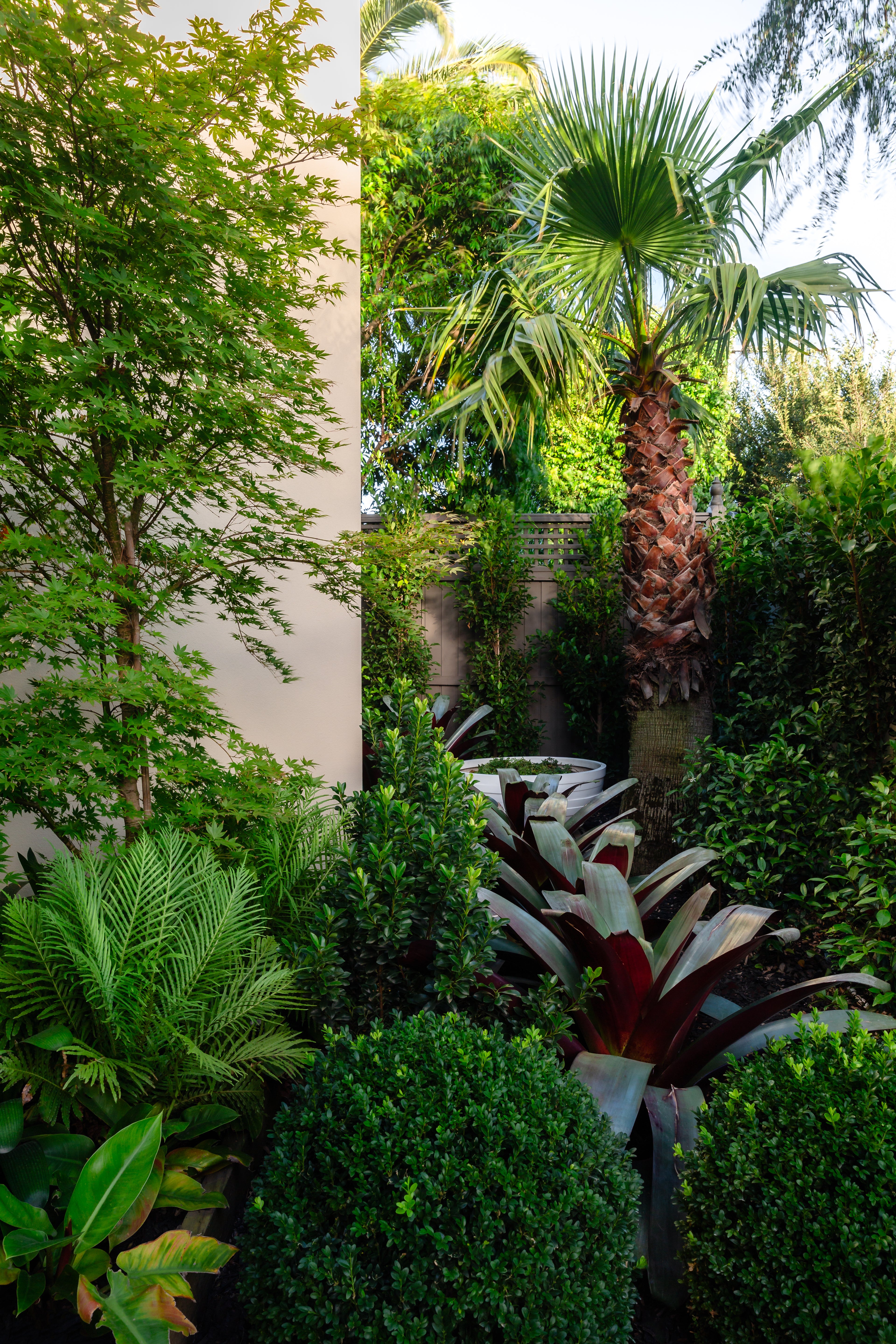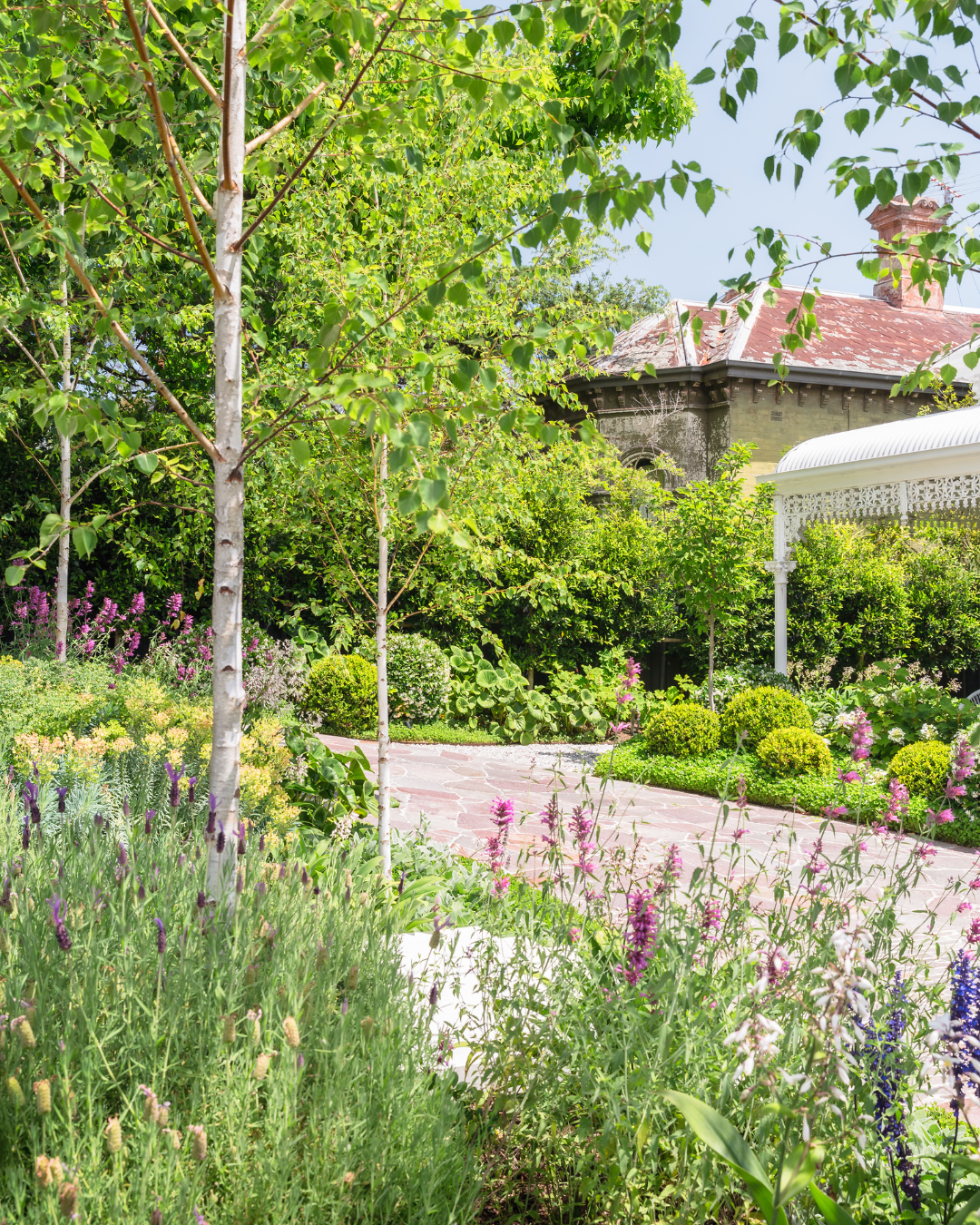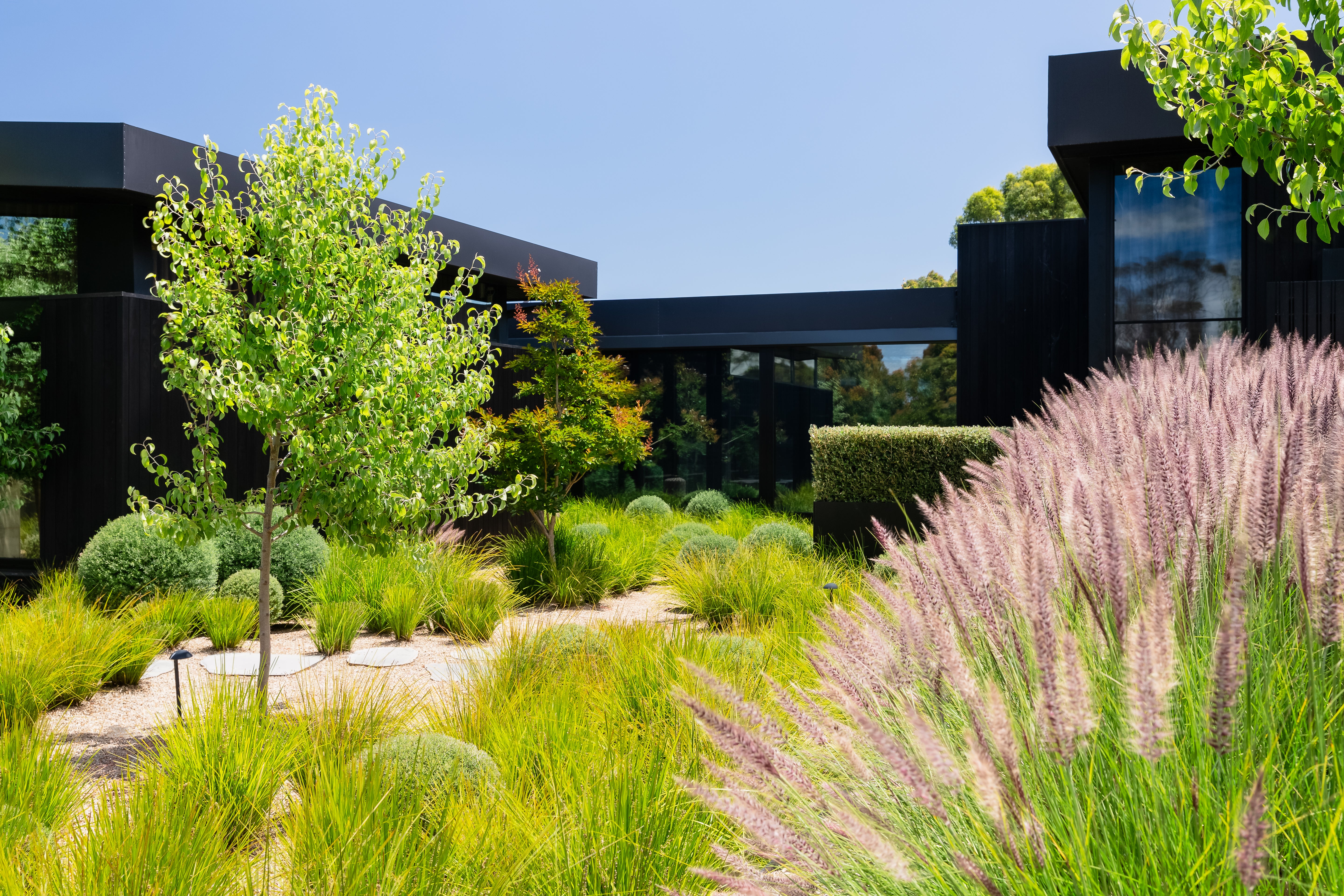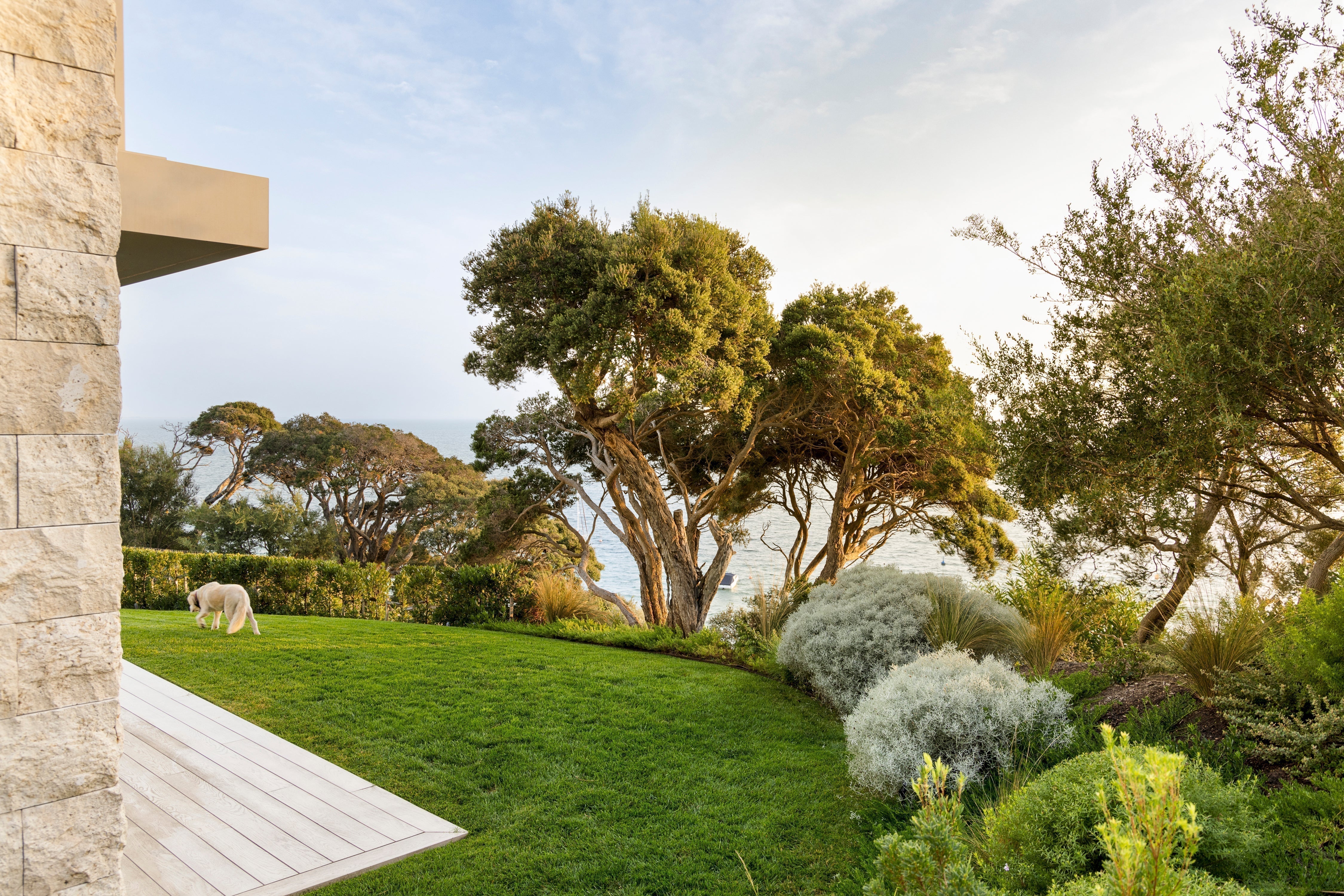
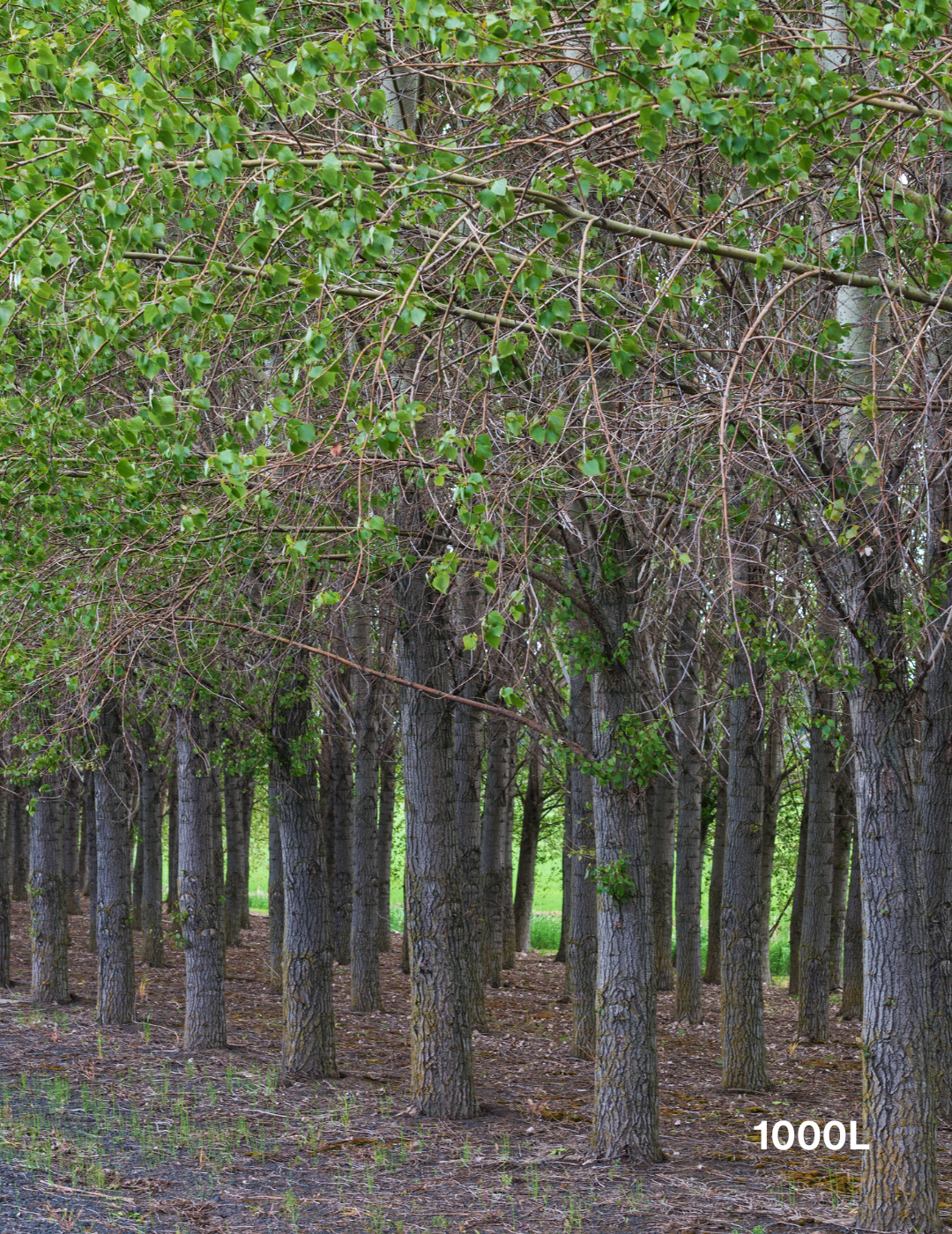
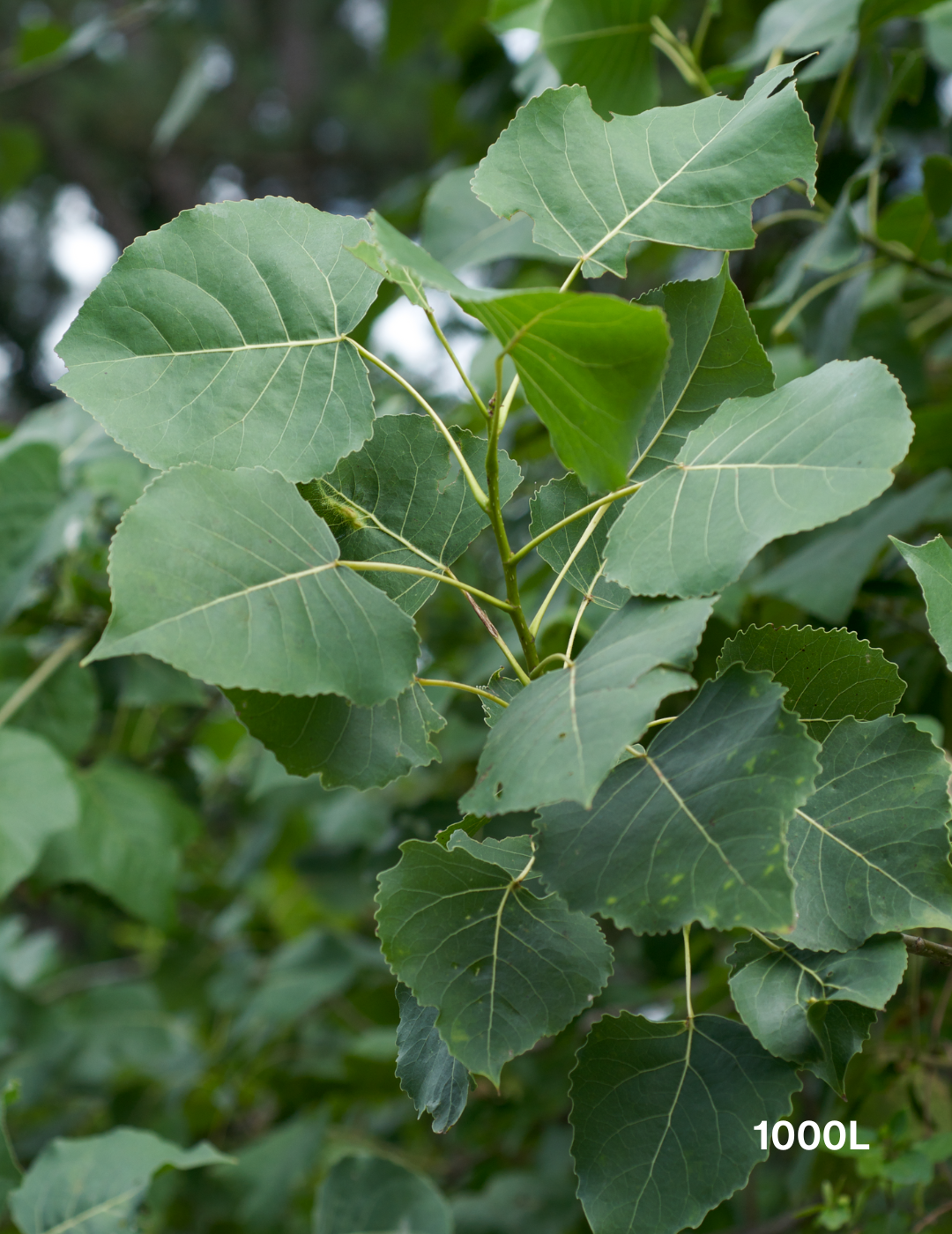
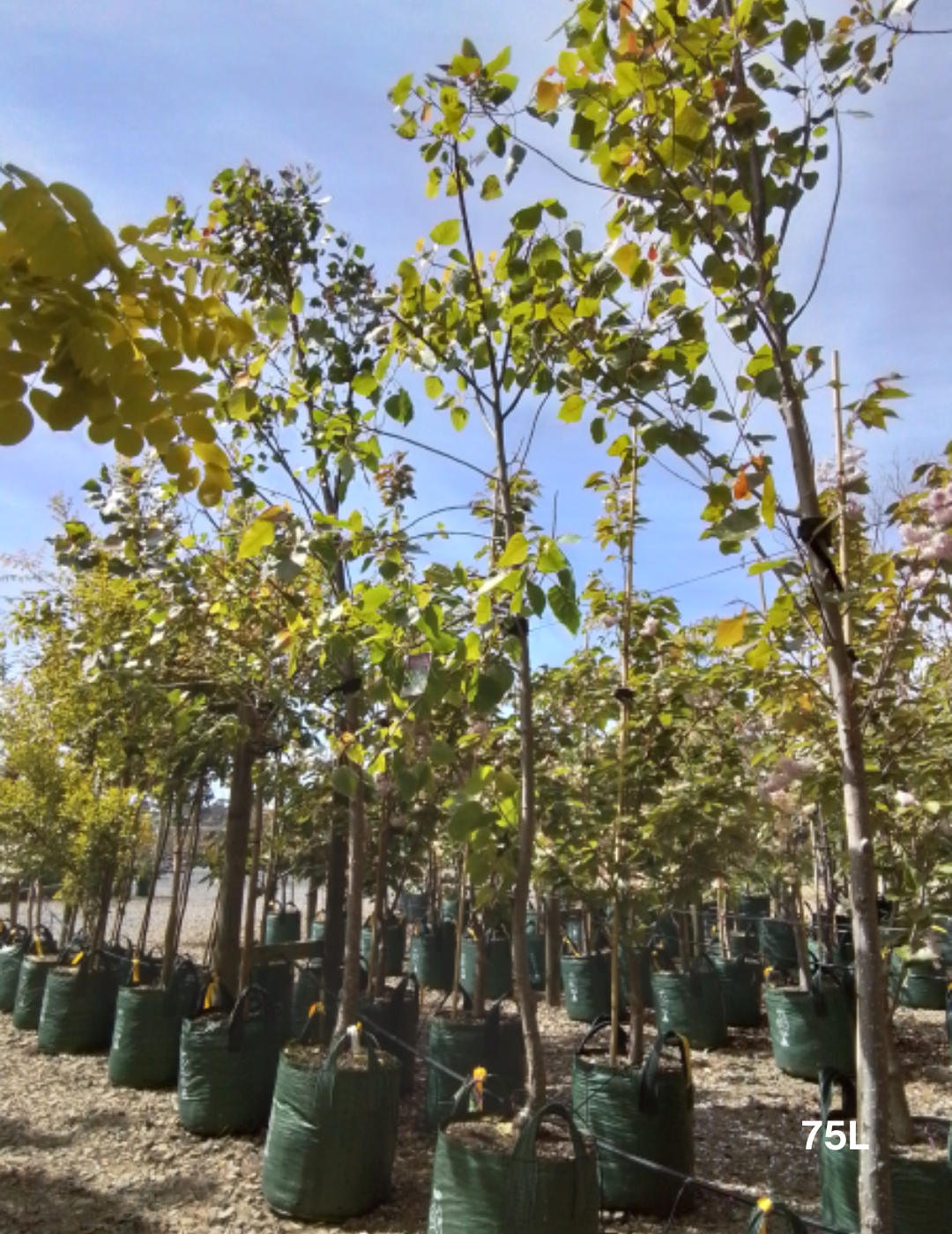
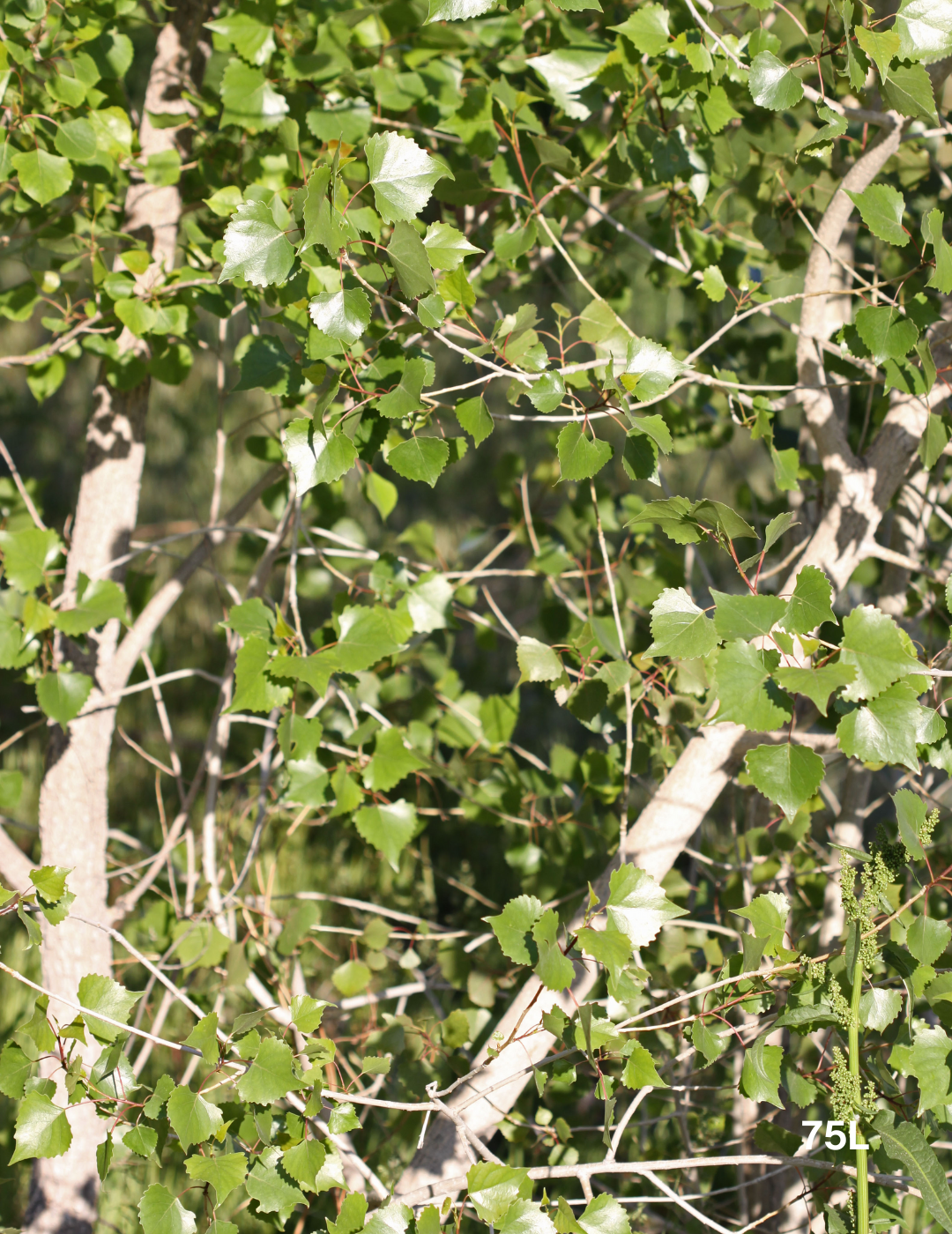
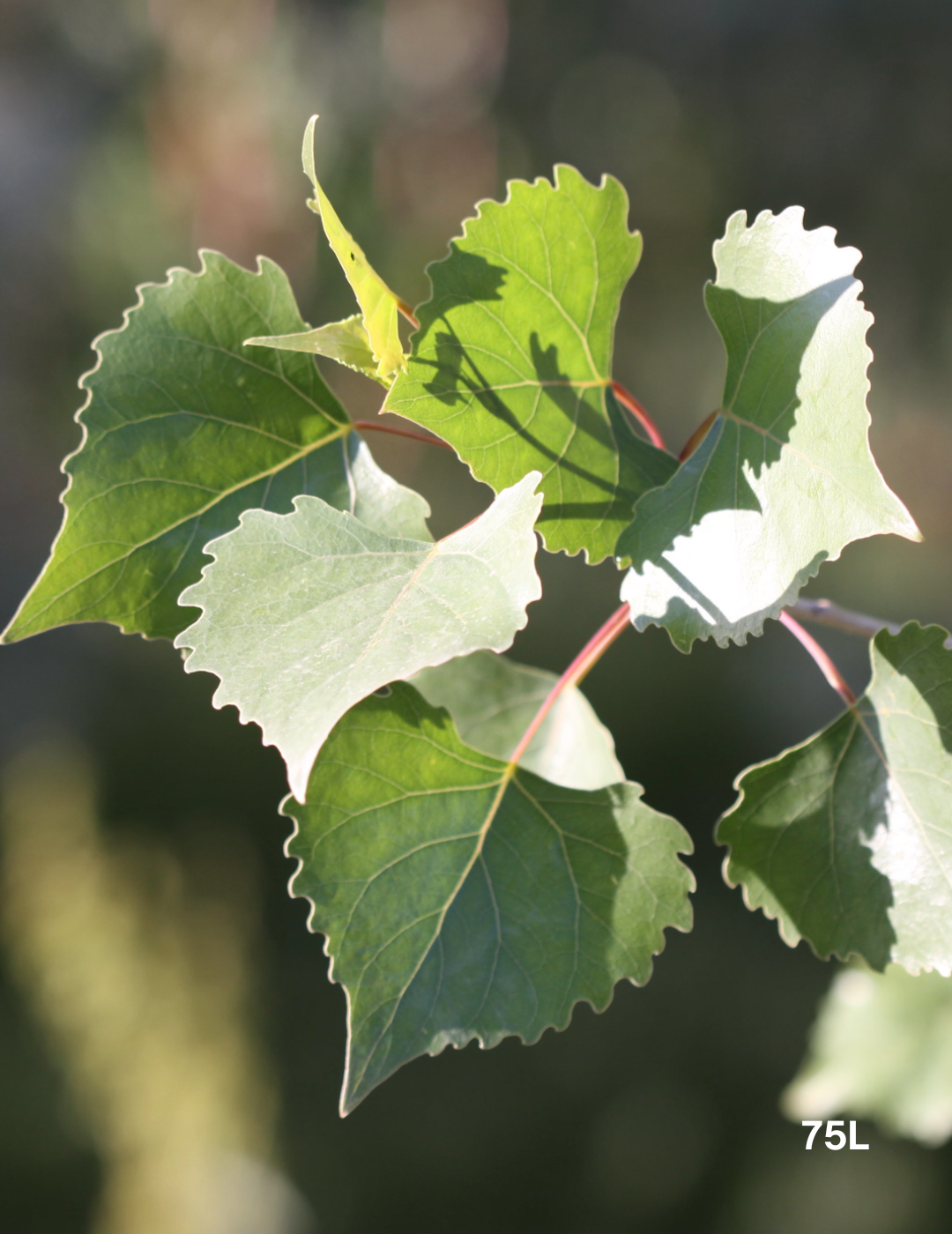
Populus deltoides
- Regular price
- $250.00
- Sale price
- $250.00
- Regular price
-
Learn About Your New Populus deltoides
Populus deltoides, commonly known as Eastern Cottonwood, is a deciduous tree that is native to North America. It is known for its rapid growth and large size, making it a popular choice for landscaping and screening purposes.
Common Name: Eastern Cottonwood
Mature Height: Populus deltoides can grow up to 25 meters in height, with a spread of 15-20 meters.
Mature Width: The mature width of Populus deltoides is 15-20 meters.
Spacing: When planting Eastern Cottonwood, it is recommended to space them 10-15 meters apart, depending on the desired effect.
Foliage: The leaves of Eastern Cottonwood are a bright green color and are triangular in shape, with a length of 10-20 centimeters.
Flowering Period: Populus deltoides produces small, greenish flowers in early spring.
Form/Habit: Populus deltoides has a broadly pyramidal form when young, and develops a more spreading form with age.
Uses: Eastern Cottonwood is commonly used as a feature tree in large landscapes, as well as for avenue planting, screening and windbreak purposes. It is not recommended for use as a hedging tree due to its rapid growth and large size.
Evergreen/Deciduous: Populus deltoides is deciduous, meaning it loses its leaves in winter.
Tolerates: Eastern Cottonwood tolerates a wide range of soil conditions and can even grow in wet or swampy areas. It is also tolerant of drought and air pollution.
Drought Hardy: Populus deltoides is drought-tolerant once established, making it a good choice for dry climates.
Sun: Eastern Cottonwood prefers full sun but can tolerate partial shade.
Maintenance: Eastern Cottonwood requires minimal maintenance, although it should be pruned regularly to remove dead or damaged branches.
Water Requirement: Populus deltoides prefers moist soil but can tolerate periodic dry spells.
Need Assistance For Your Next Project? Let Us Help.
Evergreen Trees Direct is Australia's unrivaled supplier of the highest quality advanced tree stock. Our extensive supplier network allows us to provide a one-stop shop for all your landscaping needs, no matter how big or small the project. We pride ourselves on exceptional service, ensuring a seamless experience from selection to delivery. Trust us to bring your landscaping vision to life with the perfect trees for any outdoor space. With our unrivaled selection and commitment to service, Evergreen Trees Direct is the top choice for landscapers, property developers, and garden enthusiasts alike.
-
 A layered, resilient coastal garden designed to withstand harsh salt winds and seasonal extremes. This Mornington Peninsula property features a cur...
A layered, resilient coastal garden designed to withstand harsh salt winds and seasonal extremes. This Mornington Peninsula property features a cur... -
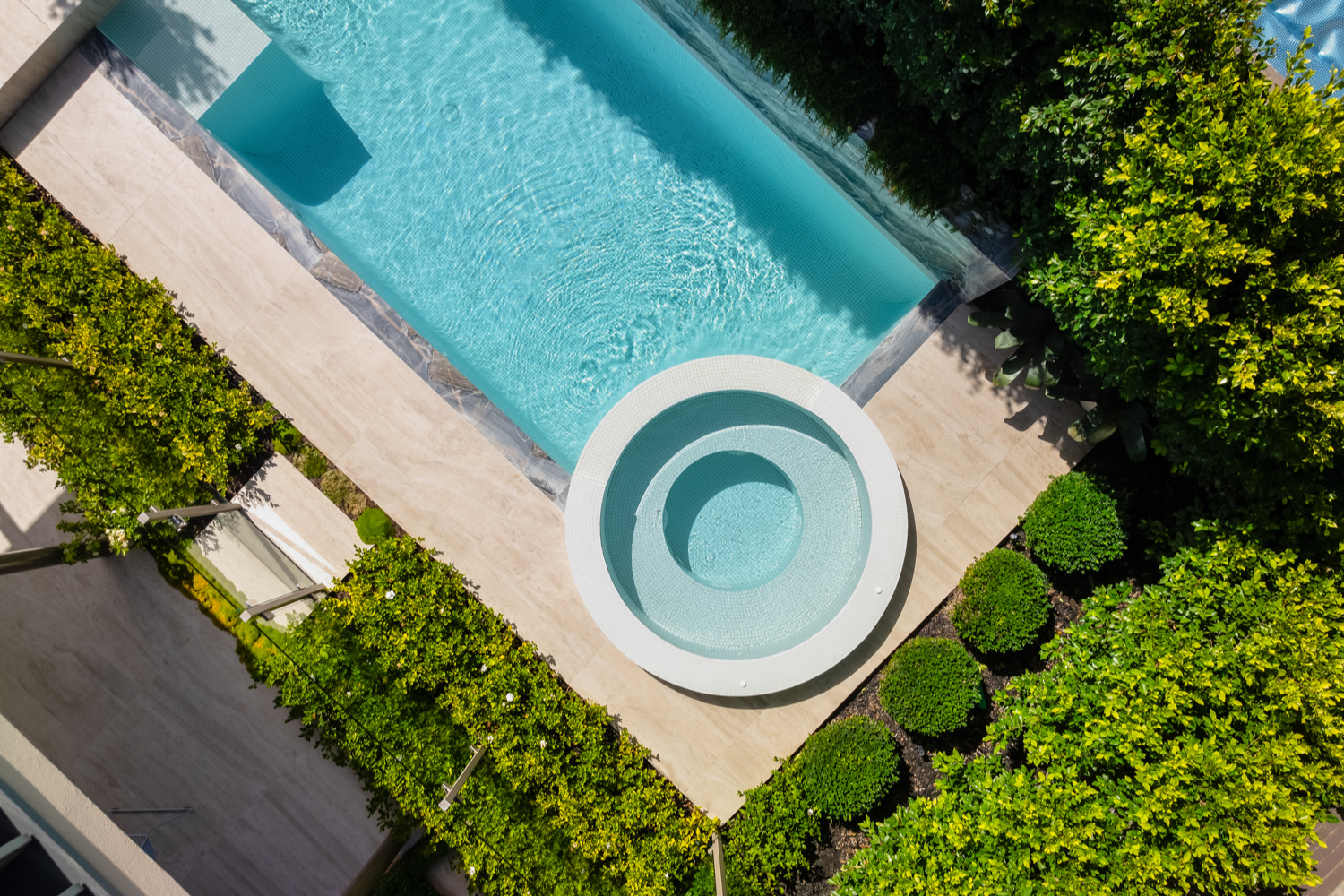
Brighton Project
Presenting our recent project in Brighton, Victoria, landscaped by Jack Merlo Landscape & Design. This modern landscape features a variety of h... -
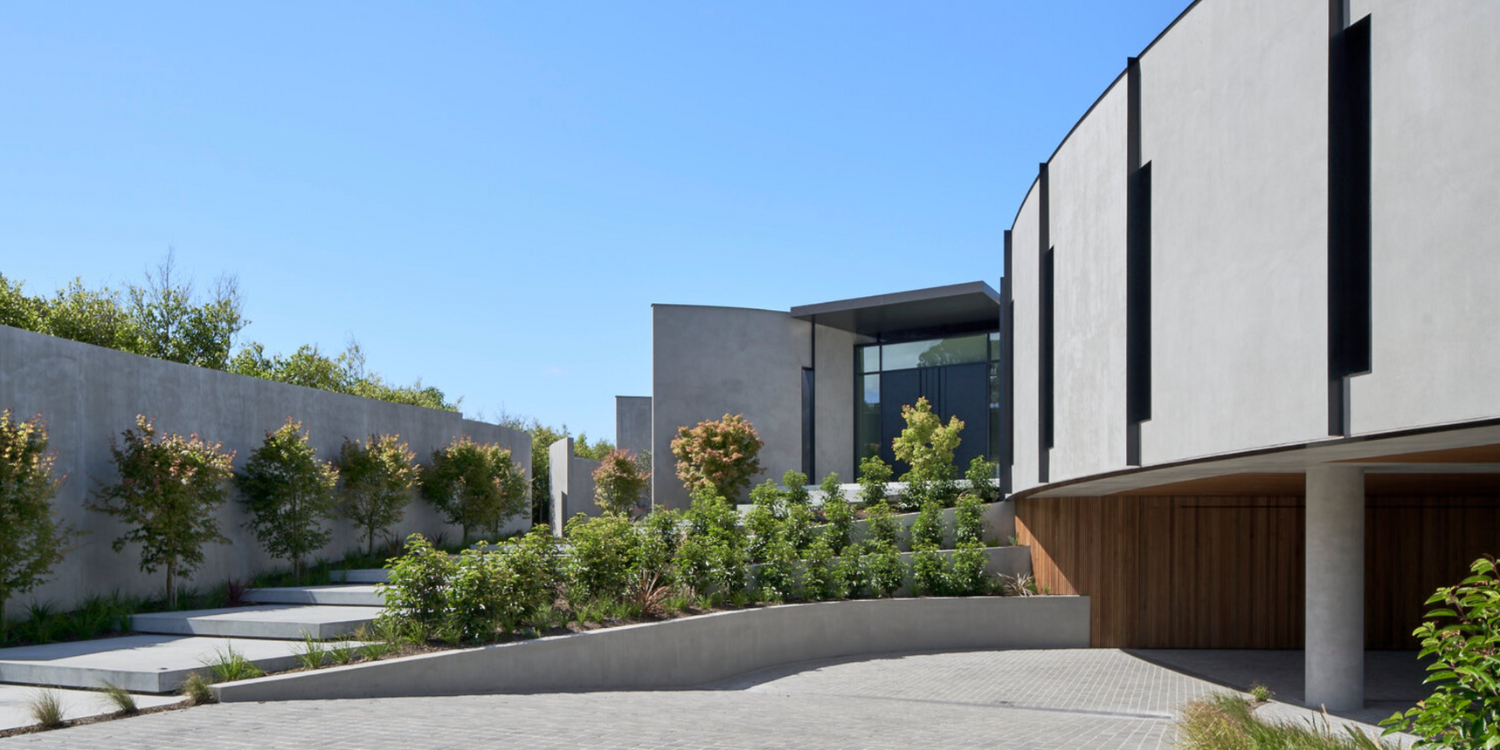
Horizon House, Flinders
Horizon House in Flinders blends nature with bold architectural design, using natural elements to enhance its modern aesthetic.Acer Palmatum (Japan...
